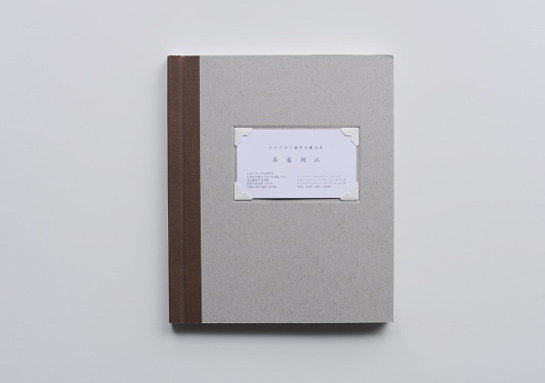Review: Conductors of the Moving World by Brad Zellar

Over the past decade, we have witnessed considerable (and still growing) interest in found or vernacular photographs. The reasons for that seem complex. Some of those photographs are incredibly charming, while others are outright strange if not simply weird. Collecting such images is one thing, but making a good photobook out of them is quite a different story. The easiest solution, of course, is to produce a simple album or collection. But it’s easy to see why this idea, as tempting as it might be, has its shortcomings: There is only so much that one can get out of charm or weirdness (or charming weirdness or weird charm). To get beyond that requires a gifted editor, an artist who can make a selection and then create a story around the images, in whatever way. Of course, Erik Kessels immediately comes to mind here. The latest photobook produced out of found images (maybe more accurately an archive of images) was just released by Little Brown Mushroom: Conductors of the Moving World by Brad Zellar. (more)
Zellar worked from a set of images taken by Eizo Ota: “In the autumn of 1972, a delegation of Japanese police officials visited the United States to study traffic control in several large cities, including New York, Las Vegas, and Los Angeles. The unofficial photographer for the delegation was Eizo Ota, an inspector with the law enforcement department of the Yamanashi Prefecture, and he produced a record of the group’s travels that might best be described as forensic tourism.” (quoted from the publisher’s site)
Using Ota’s photographs as starting points, Zellar created a book around them, by adding snippets of texts from a variety of sources, including traffic manuals, haiku anthologies, and the Watergate transcripts (which only proves that any amount of sense or nonsense can be found in the most unlikely places!). The resulting book, Conductors of the Moving World, is deceptively simple - which only shows how much hard work must have been put into it. That, of course, is the essence of a great photobook: Everything comes together effortlessly, each element being in place, without one upstaging the other ones.
Conductors of the Moving World cannot be understood in any other way than an actual object. The photographs are hand-tipped into the individual volumes, and since there are more photos than places in the book, each book contains its own unique set (Of course, I wonder what images other than the ones in my copy exist). It’s a simple idea, and it works brilliantly. Needless to say, the object itself does have considerable charm, but it’s in combination with the photographs and the text that everything comes together. A prime example of how to make a great book from found images.
Conductors of the Moving World clearly will be part of my “best of 2011” list.
Conductors of the Moving World, photographs by Eizo Ota, concept by Brad Zellar, design by Hans Seeger, B/W offset with 17 hand-tipped, color photographs, Little Brown Mushroom, 2011
All proceeds will be donated to the Japanese Earthquake and Tsunami relief.
Images kindly provided by Little Brown Mushroom - thank you!



